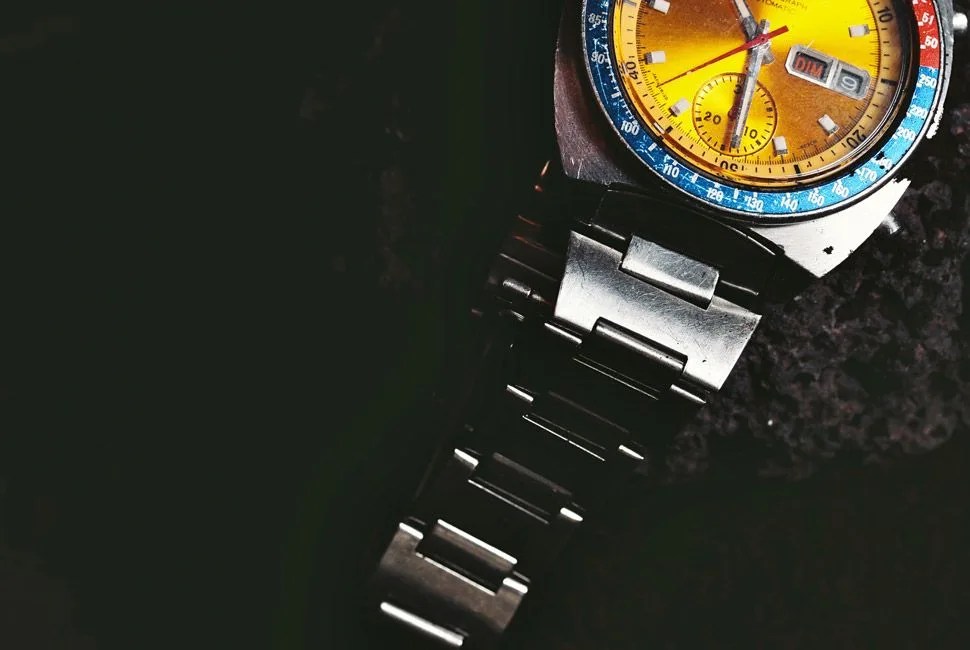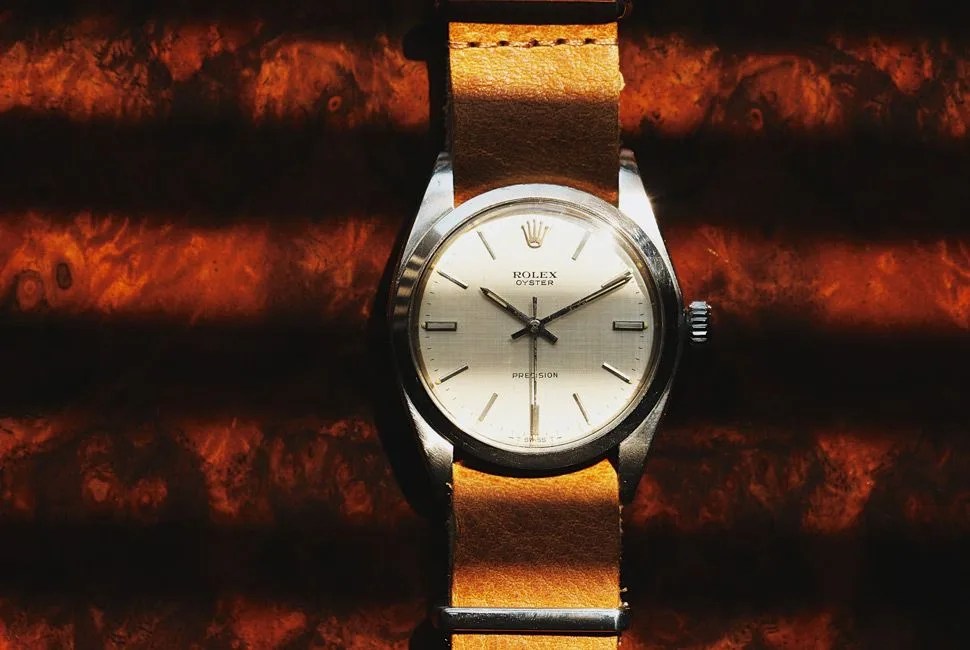Interest in vintage watches continues to boom, and don’t think modern watchmakers have turned a blind eye. “Vintage” has become a buzzword in the modern watch world and increasingly-accurate reissues and renditions of old icons from the ’50s, ’60s and ’70s are winning the favor of watch enthusiasts. Now everyone seems to want Daytonas, Autavias and Seamasters.
While it might feel like we’ve hit peak reissue, it’s important to remember: For every mid-century icon, there are countless other watches. This isn’t to say they should all be brought back, but watchmakers from this era felt emboldened to experiment with new designs. Not all of them stuck but general trends led to unique pieces that now demand attention by many a growing number of watch buyers. In that regard, it wouldn’t hurt for watchmakers to consider modernizing some of the design traits that once made for special watches back in the day.
Textured Dials
Though eye-catching dial textures aren’t entirely ridden from the industry, they are few and far between, with watchmakers more apt to choose simple dial designs. Back in the day, watchmakers seemed willing to try out different designs, such as the cloth-like linen, the honeycomb (waffle) or brushed metal. They added personality and definition, and, for the most part, watches with these textures — especially from brands like Omega and Rolex — are highly sought after today.
Bright Colors
Bright colors on watches — red, yellows, oranges and blues — became significantly more common on tool watches during the late ’60s and ’70s. Sometimes this manifested itself on the dial but, more commonly, on hands and hour markers. Ostensibly, the addition of these colors was meant to bolster legibility (especially on dive watches like the Doxa 300t and Omega Seamaster “Banana”), but they resulted in fun, unique designs.


